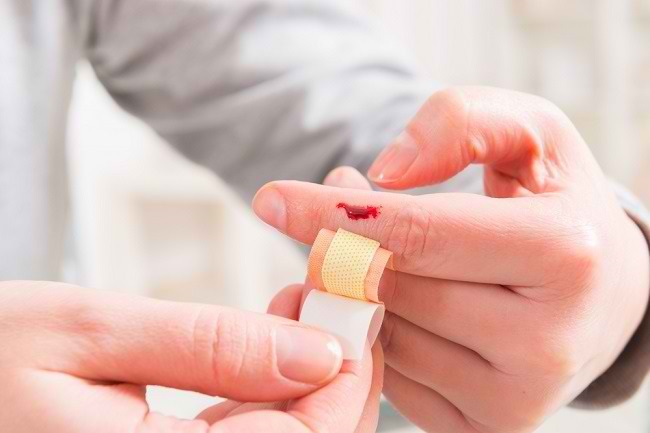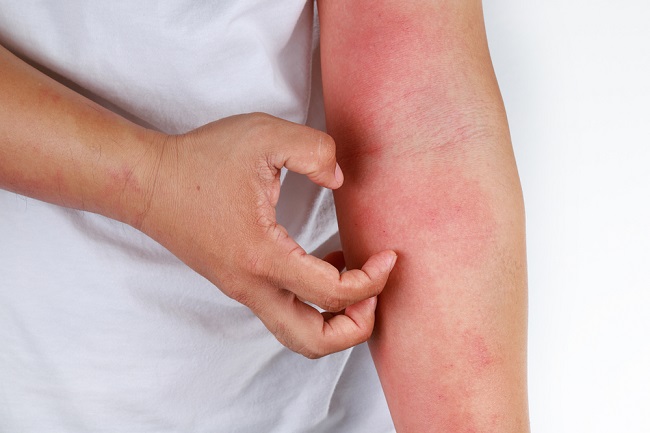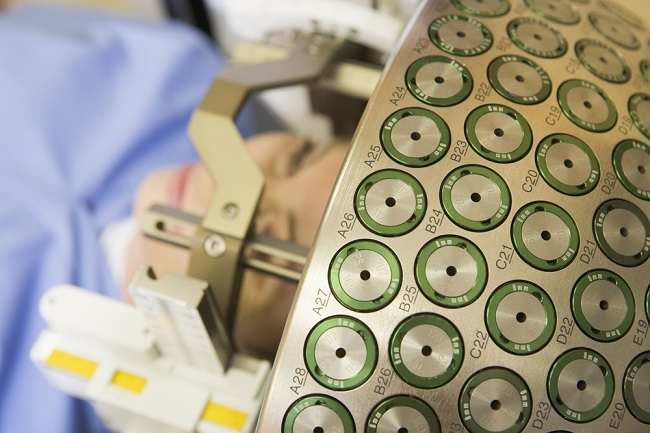An autopsy is a medical procedure performed to perform a thorough examination of the body people who have died. This procedure usually carried out to determine the causes and method the person died. Generally oTopsi is done if someone's death is considered unnatural.
We often hear the term autopsy, especially in criminal reporting. Learn more about what an autopsy is in the following article.

Autopsy Purpose
Autopsy or post-mortem procedures can be carried out thoroughly throughout the body or limited to one organ or one particular area of the body. In some cases, autopsies can be performed without having to ask permission from the victim's heirs. In other cases, the heirs and families of the victims must know and agree to the autopsy that will be carried out. In addition, there is also an autopsy process that can be carried out at the request of the family
In Indonesia, post-mortem itself is divided into two based on its main purpose. First, clinical post-mortem which is an autopsy performed to determine the disease or cause of death and to evaluate the results of efforts to restore health. Second, anatomical post-mortem which is an autopsy carried out for the benefit of medical science education.
Some Conditions Requiring an Autopsy
The following are some of the conditions that may require an autopsy:
- Death related legal matters.
- Death occurs during the experimental or research treatment process.
- Death occurs suddenly during a medical procedure such as a dental, surgical, or medical procedure.
- The death did not result from an unknown medical condition.
- Sudden death of the baby.
- Unnatural deaths suspected to be the result of violence, suicide, or drug overdose.
- Accidental death.
Autopsy Procedure
The autopsy process includes three stages, namely before, during, and after. In general, the following is the autopsy process on a corpse:
- Before autopsy
All information regarding the deceased person will be collected from various sources. Medical records, doctor's statements and family information will be collected. In addition, an investigation was also carried out on the location of the death and the environment in which the person died. If the death is related to legal issues, then the coroner and other authorities will be involved. In some cases, the family can set limits on the extent to which an autopsy can be performed.
- During autopsy
The autopsy procedure is first carried out through an external examination or the external body, including data and facts about the corpse such as height, weight will be collected for the identification process. External examination is also performed to find special features that can strengthen the identification process such as scars, tattoos, birthmarks, and other important findings such as cuts, bruises, or other injuries.
In some autopsies, it is necessary to examine the internal organs of the body. Internal examination can be done only on certain organs or organs as a whole. Usually a small section of tissue from each organ will be examined to test for possible effects of drugs, infection, and evaluate chemical composition or genetics.
At the end of the autopsy, organs can be returned to their respective locations or removed for donation, education or research purposes. After that, the incisions are sewn back together. If deemed necessary, further examinations may be carried out such as genetic and toxicological examinations or examinations for the presence of toxic elements.
- After autopsy
A report will be filled out with the findings obtained during the autopsy. This report may contain the cause of death of the victim which may answer questions from the victim's family and law enforcement. The treatment of corpses before, during and after the autopsy will be carried out according to the religion and beliefs of each victim.
Autopsies are basically riskless. However, by doing an autopsy, things can be found that may bring new information such as the discovery of a tumor that was never known. Talk to the medical and authorities to make sure the autopsy process is carried out properly.









